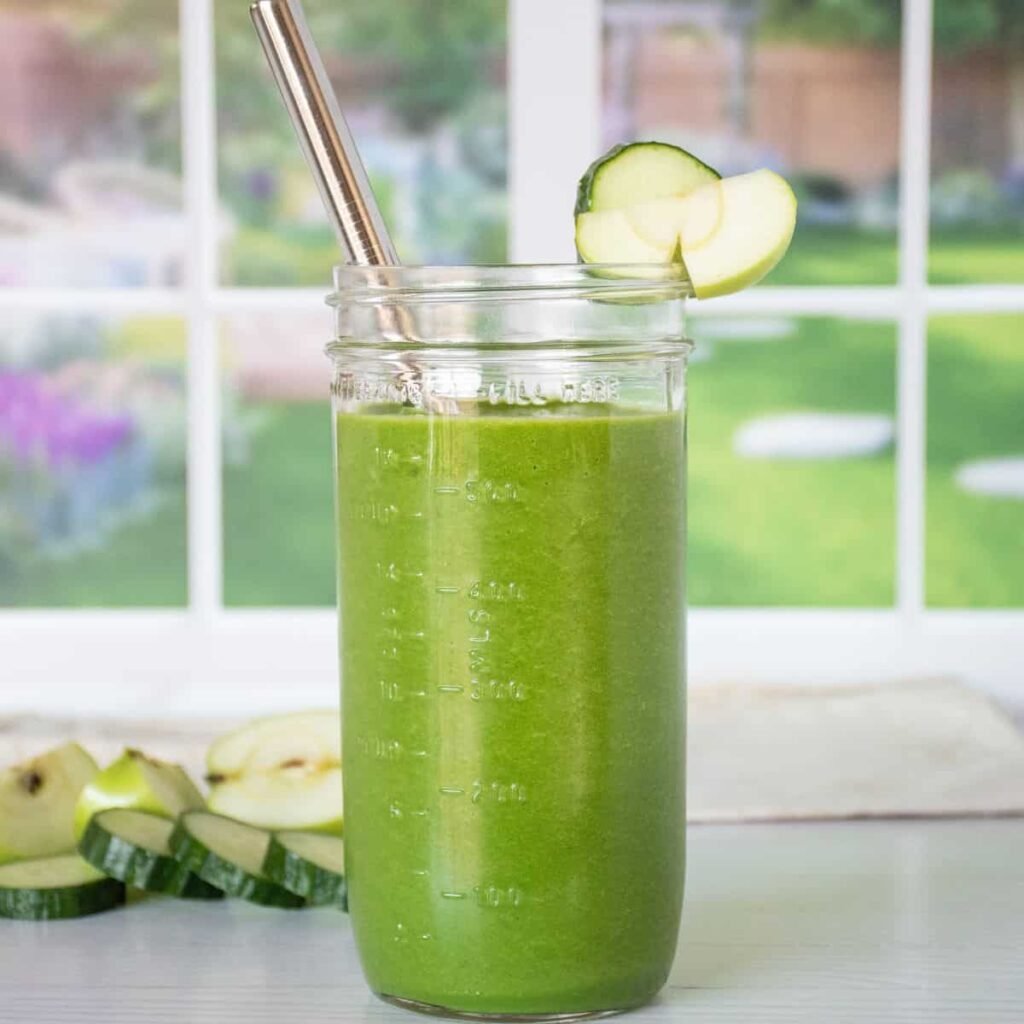Nutrition
Turmeric rice

Turmeric rice
Ingredients
– 4 tablespoonfuls of oil
– 1 chopped onion
– 2 minced cloves of garlic
– 2 cups of rice
– 2 tablespoonfuls of turmeric
– 2 bay leaves
– Salt
– Chicken stock
– Thyme
– Water
Preparation
– Put saucepan of fire and add oil
– When well heated, add chopped onions and garlic
– Cook until it is well softened
– Add rice and turmeric, stir till properly mixed together
-Add remaining ingredients and allow it to boil
-Cover and simmer for 10-15 minutes
-Stir afterwards and remove bay leaves.
-Enjoy with vegetable stew or preferred accompaniment.
Compiled by Agyeibea Ackon
Nutrition
Palm nut soup

Palm nut soup is a Ghanaian dish that can be served with so many foods. It has a rich base of palm nuts combined with tomatoes and various vegetables that makes it very nutritious.
Preparation
Ingredients
– 1 kilogramme of palm nut
– Half kilogramme of beef
-One kilogramme of goat meat
-Three large salmon
-One full tuna
– A handful of turkey berries
-Two large onions
-4 large tomatoes
-3 large garden eggs
– One tin of mackerel
-Ten large peppers
– One large ginger
-2 cloves of garlic
– Four fingers of okro
– Salt to taste
Instructions
-Wash, cook palm nut, turkey berries, and pepper and add salt to it.
-Grind palm nut, turkey berries and pepper with mortar and pestle or mini food processor.
-Wash goat meat, beef, Tuna, salt and put on fire.
– Blend onion, garlic, ginger and tomatoes and pour on the goat meat.
– Add smoked tuna and salmon and okro to the soup.
-Use a spoon or ladle to skim off the surface oil.
-Garnish the soup with the okro or garden eggs as desired.
-Serve with fufu, banku or Omo tuo.
Nutrition
Cucumber and apple smoothie

Ingredients
-Two medium sized cucumber
-Three apples
-Four tablespoonful of honey
-Crushed ice
-Two cups of yoghurt
-One tablespoonful of blended ginger
– One tablespoonful of celery and mint
Preparation

-Wash and slice cucumber, apple into smaller sizes
-Blend until it is smooth
-Add honey and a little water to it
-Add crushed ice and yoghurt
-Blend it till you achieve your desired texture
– Then serve







